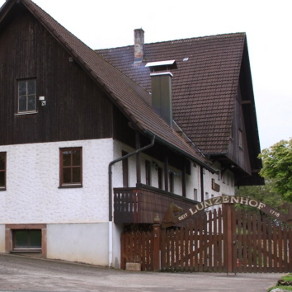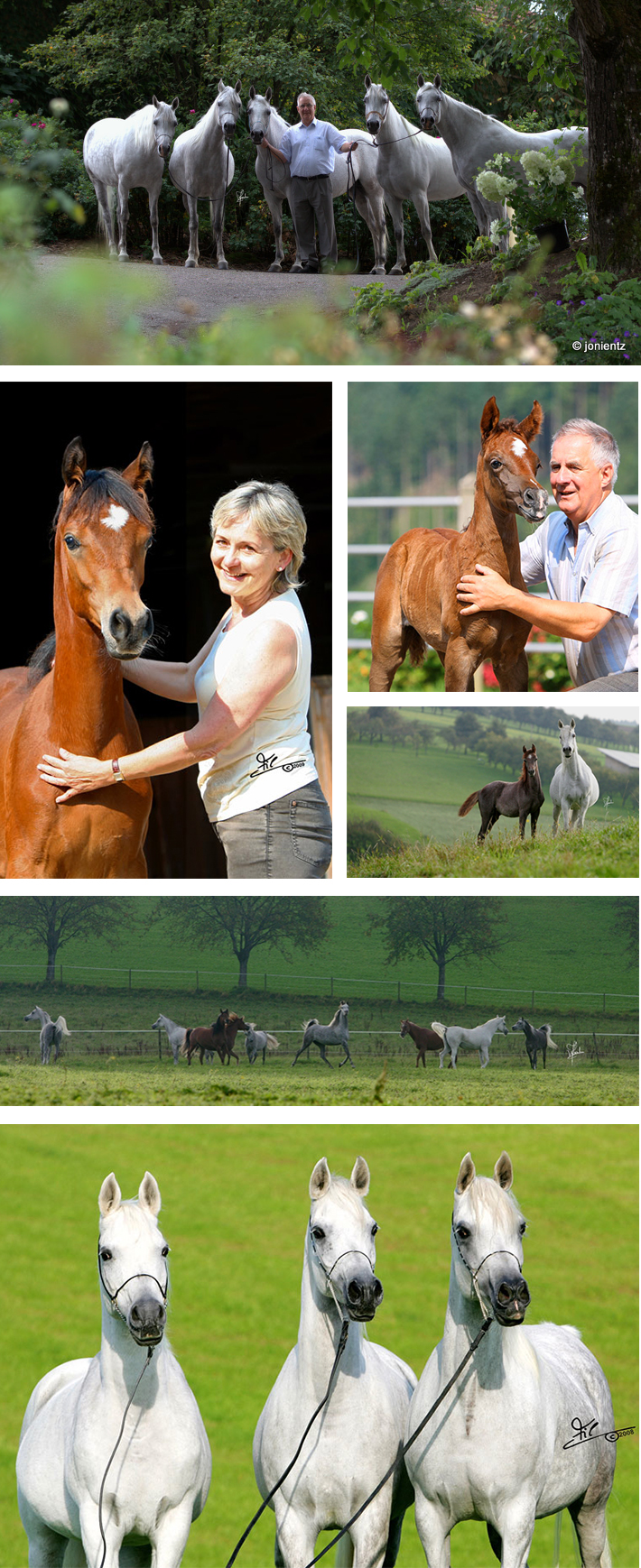Authentic Arabians from Straight Egyptian Bloodlines
“For me, the Straight Egyptians among the Arabians are the most beautiful and the most typey horses, and I want to make a contribution towards breeding and preserving them” is what Inge Friedmann said during an interview. This is a clear definition of a breeding goal. What is the fascinating thing about the Egyptian bloodlines for so many breeders all around the world?
These are Cynthia Culbertson’s (USA) thoughts on that topic: “Of all bloodlines of Arabian horses in the world, straight Egyptians seem to evoke a special sense of history and the flowing river of time. While they may appeal to people from many walks of life, most who share a passion for Egyptian Arabians are also aficionados of art and culture, and possess a discriminating eye for harmony and classic beauty.”
By the Bedouin tribes of the Arabian peninsula, Arabian horses were bred according to a kind of „purity law“ that was religiously motivated, but also had geographic reasons, as the Bedouins originally bred their horses in the vast empty expanses of the Arabian high country, the NEJD region. They required their horses to be ASALAH or ASIL (meaning pure, or authentic). Every tribe of Bedouins would give their horses a kind of „family name“, the RASAN (strain) in addition to their personal names. That’s how the famous names of families came into being: the Kuhaylan, Dahman, Obayan, Siglawy, Hadban Enzahi, and many sub-groups to these which are owed to the nomadic wanderings of the tribes and their sub-groups which were to be found from Yemen in the South of the Arabian peninsula to high up in the North-Eastern part of Arabian, which is Syria, Mesopotamia (today’s Iraq) and even Khuzestan in Iran where authentic local Arabian horses are bred.
In the 19th century, the Egyptian pashas penetrated deep into Arabia during their campaigns. The spoils of war they loved most were the excellent Arabian horses they found with the Bedouin tribes. They were ridden to Egypt and lived there, in the palaces of the Egyptian rulers, from about the middle of the 18th century. The foremost of these „collectors“ of Arabian horses were Mohammad Ali the Great, Ibrahim Pasha, and Abbas Pasha I, the Egyptian king and most famous for his collection. He was highly versed in Bedouin breeding and his collection of Arabian horses was later on to make history.
In his famous book, the Abbas Pasha Manuscript, the foundation horses of Egyptian Arabian horse breeding and their origins are written down. In 1908, their descendants became the mainstay of the newly founded RAS (Royal Agricultural Society), which were pooled with King Farouk’s horses from his Inshass stud after the monarchy in Egypt broke down, making the origins of the EAO (Egyptian Agricultural Organization) in 1952. All of today’s Egyptian horses tail their origin to this Straight Egyptian linebreeding, and the EAO located in the state stud of El Zahraa in Cairo has been maintaining a closed studbook all the time, listing all of these precious Egyptian Arabians so the gene pool can be maintained. Up to today, these stock horses are the foundation upon which a world-spanning network of breeders is based, and which the Friedmanns with their stud feel to be a part of, by breeding their Straight Egyptian Arabians with great international success. Breeding Straight Egyptian Arabians is actually „linebreeding“, it’s about breeding “a breed within the Arabian breed“ (Forbis), so to speak. There are high requirements not only for the properties of the breeding stock, but also for the pedigrees of those horses.

